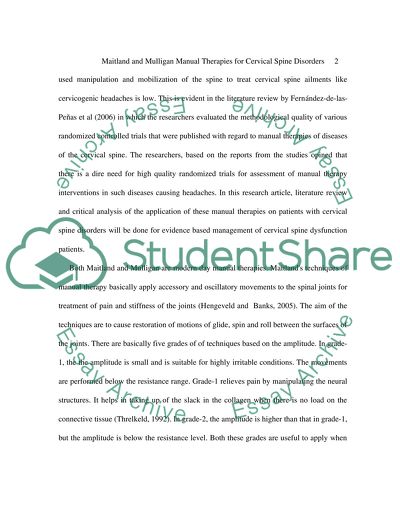Cite this document
(“Maitland and Mulligan Manual Therapies for Cervical Spine Disorders Literature review”, n.d.)
Retrieved from https://studentshare.org/health-sciences-medicine/1428345-critically-discuss-the-literature-for-treating
Retrieved from https://studentshare.org/health-sciences-medicine/1428345-critically-discuss-the-literature-for-treating
(Maitland and Mulligan Manual Therapies for Cervical Spine Disorders Literature Review)
https://studentshare.org/health-sciences-medicine/1428345-critically-discuss-the-literature-for-treating.
https://studentshare.org/health-sciences-medicine/1428345-critically-discuss-the-literature-for-treating.
“Maitland and Mulligan Manual Therapies for Cervical Spine Disorders Literature Review”, n.d. https://studentshare.org/health-sciences-medicine/1428345-critically-discuss-the-literature-for-treating.


